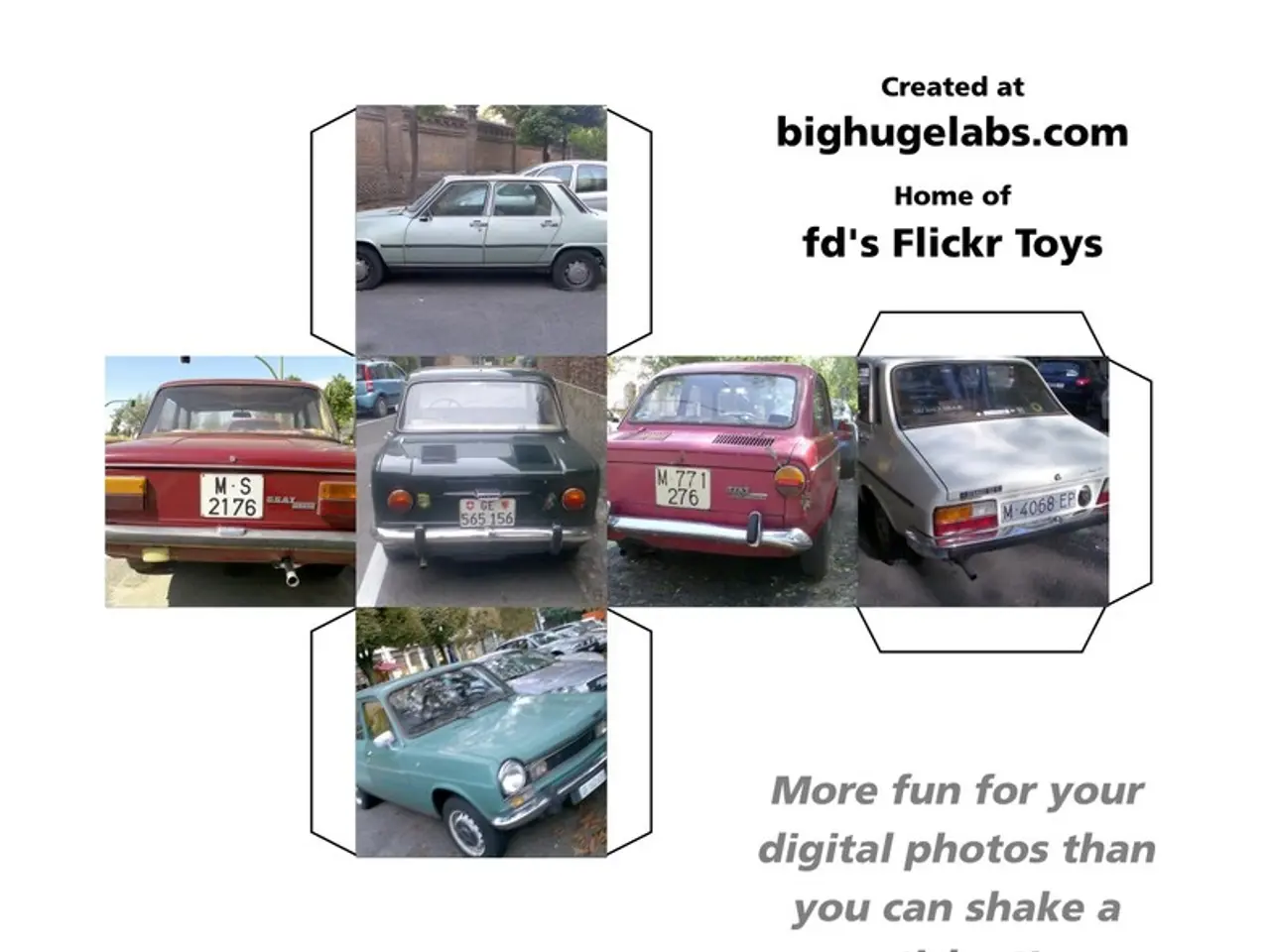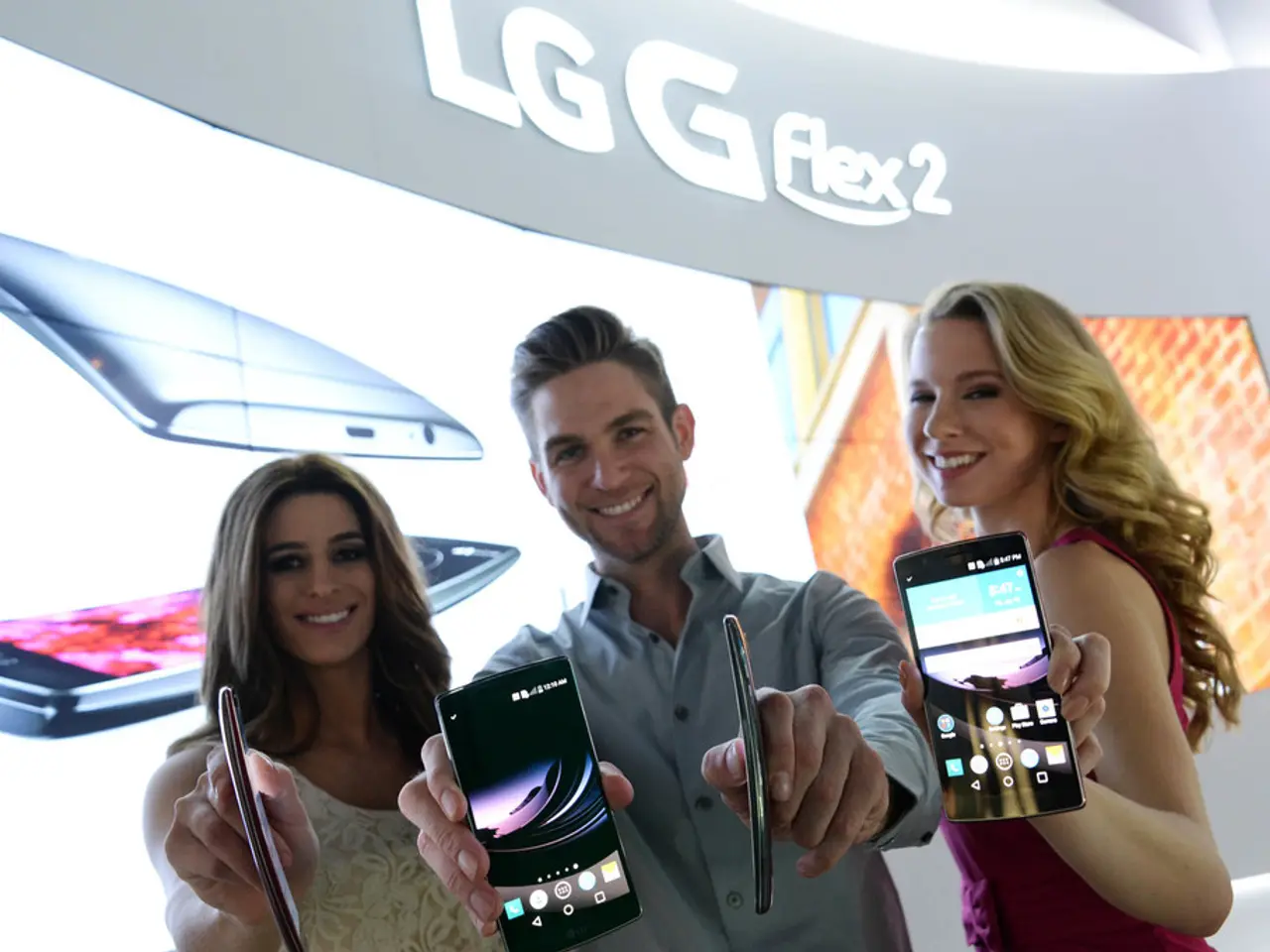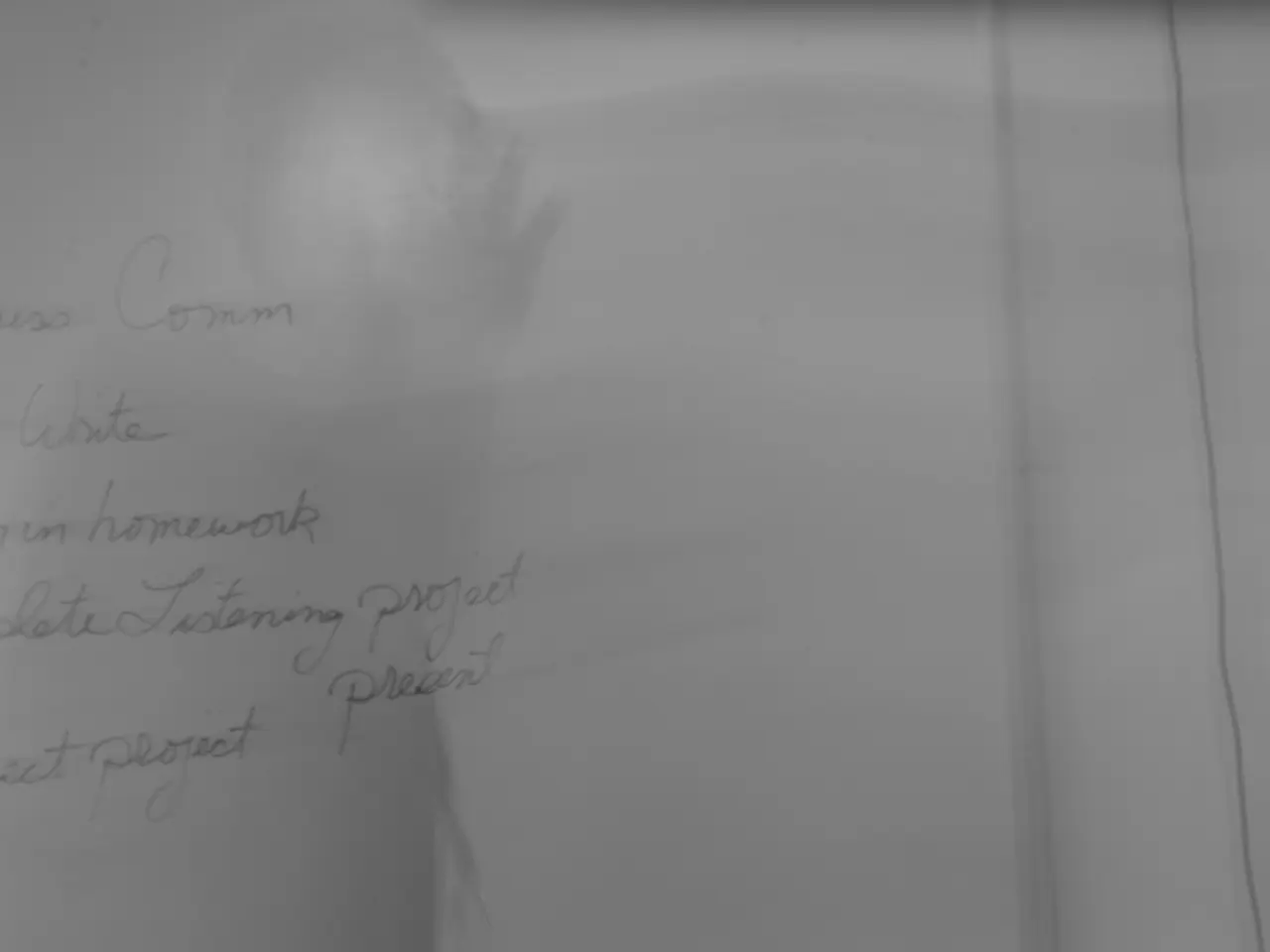Record-breaking Public Transport Usage in Dubai surges to 395 million rides in the initial half of 2025, marking a 9% increase compared to the previous year.
In the heart of the United Arab Emirates, the Roads and Transport Authority (RTA) of Dubai is making significant strides in expanding and enhancing public transport, shared mobility, and taxi services. The ultimate goal is to increase their modal share to 25% by 2030, as part of a broader vision to facilitate a shift from private car usage towards public and shared modes.
Key ongoing plans and developments include the expansion of public transport infrastructure. The Dubai Metro Blue Line, spanning 30 km with 14 stations, is currently underway and will serve major districts, enhancing connectivity within the city.
RTA also plans to modernize its fleet, with a focus on sustainability. The authority aims to convert its entire bus fleet to electric and hydrogen-powered vehicles by 2050, with new buses scheduled for delivery in 2025-2026, supporting network expansion and sustainability targets.
Integration of various transport modes is another crucial aspect of RTA's strategy. Public transport modes including Dubai Metro, Dubai Tram, public buses, marine transport, taxis, and shared mobility services are fully integrated, contributing to a diverse and efficient mobility system.
Service quality improvements are also a priority. Recently completed developments include 16 new bus stations and six depots aimed at elevating service quality and capacity.
These efforts are yielding positive results. Ridership has increased by 9% in the first half of 2025, with nearly 395.3 million riders using public transport, shared mobility, and taxis. The share of journeys using public transport and shared mobility has risen steadily from 6% in 2006 to 21.6% in 2024.
Dubai Metro accounted for the largest share of trips at 36.5% in the first half of 2025, followed by public buses (24%) and taxis (26%). Shared mobility services served 37.6 million passengers, while marine transport served 9.7 million passengers.
The emergence of innovative mobility solutions like air taxis is another exciting development. Dubai is preparing to launch an eVTOL (electric vertical takeoff and landing) air taxi service, with testing completed and full public flights expected by 2026. This innovative mode will be integrated with existing public transport networks by 2029–2030, supporting Dubai’s transport ecosystem diversification and sustainable mobility vision.
These efforts align with the Dubai 2040 Urban Plan and have led to a rise in the daily average ridership in Dubai. In the first half of 2025, the daily average ridership rose to 2.18 million, up from 1.98 million in H1 2024.
BurJuman station recorded the highest usage with 8.6 million riders on Dubai Metro in the first half of 2025. The 30 km Metro Blue Line, once completed, is expected to further boost these numbers, contributing to Dubai's vision of a sustainable and connected city.
The Roads and Transport Authority (RTA) of Dubai is not only expanding its public transport infrastructure but is also focusing on the modernization of its fleet with a keen eye on sustainability, aiming to convert its entire bus fleet to electric and hydrogen-powered vehicles by 2050. Furthermore, to drive finance and industry growth, RTA's strategic integration of various transport modes, including Dubai Metro, Dubai Tram, public buses, marine transport, taxis, and shared mobility services, is contributing to a diverse and efficient mobility system.




